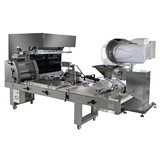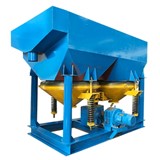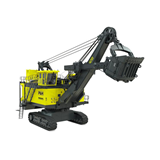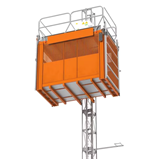The survey of the nation's leading construction companies also projects a gradual rise in commercial construction over the next two years (+3.5% in 2016-17 and +5.2% in 2017-18) and solid levels of multi-level apartment construction (+14.0% in 2016-17 and +3.1% in 2017-18), albeit slowing from recent peak activity levels in that sector.
After dropping sharply by 9.8% in the 2015-16 financial year (current prices), the survey forecasts that the value of turnover from major project work will lift modestly in 2016-17 (+4.6%) and rise a further 4.5% in 2017-18.
Engineering construction is expected to rise by 3.6% through the year after falling sharply by 15% in 2015-16. Strong growth in road (+17.9%) and rail (+16.1%) projects underpins a 13.5% rise in infrastructure-related engineering work, in line with a range of Government transport projects either underway or in the pipeline.
The survey also anticipates a further decline in resources-related engineering construction in 2016-17 – in particular the value of work in the oil and gas processing sector, which is set to drop a further 23.3% after declining by 22.4% in 2015-16. However, the overall drag on construction growth from reduced mining-related construction is expected to reduce in 2016-17, with a lesser fall of 7.3% in mining and mineral processing work (other than oil and gas) coming after the 31.0% drop in 2015-16.
Australian Industry Group Chief Executive, Innes Willox, said: "With the impacts of the wind-down of mining and energy-related investment now waning, the construction sector looks set for a modest expansion over the current financial year and into 2017-18. This is driven by a healthy pipeline of transport projects and civil works and supported by a gentle rise in momentum in the commercial construction segment of the industry. While still at high levels, the pace of growth in the multi-level apartment segment of the industry is clearly anticipated to ease in 2016-17 and fall more sharply in the following year. If not thwarted by aggressive labour bargaining, these expectations will see a small but welcome return to employment growth over the remainder of the current fiscal year and into 2017-18."
Australian Constructors Association (ACA) Executive Director, Lindsay Le Compte, said: "Greater reliability in the pipeline of projects now being established by governments through their infrastructure agencies is supporting new work in the sector and this improvement in engineering construction has important flow-on effects for the building and construction industry as a whole. However, the ACA believes that there is scope for clients, especially governments, to significantly expand the pipeline of projects through cost and other efficiencies that are achievable through the involvement of constructors and their supply chains much earlier in the development of projects. Early contractor and supply chain involvement in large projects has been proven to reduce project costs and add innovation that has been unable to be achieved through many traditional forms of project development being used in Australia."
Key Points from the Ai Group / ACA Construction Outlook survey:
TURNOVER FROM CONSTRUCTION WORK: Outlook at a glance
|
|
2015-16 |
2016-17 (e) |
2017-18 (e) |
|
SECTOR |
% p.a. |
% p.a. |
% p.a. |
|
Engineering |
-15.0 |
3.6 |
3.7 |
|
Commercial construction |
-3.4 |
3.5 |
5.2 |
|
Multi-level Apartments |
18.6 |
14.0 |
3.1 |
|
Overseas business |
7.9 |
6.3 |
6.8 |
|
Total construction |
-9.8 |
4.6 |
4.5 |
- The latest Australian Industry Group/Australian Constructors Association Construction Outlook survey of the non-residential construction industry found that after dropping sharply by 9.8% in 2015-16 (current prices), the value of turnover from major project work is forecast to lift modestly by 4.6% in 2016-17, and a further 4.5% in 2017-18.
- Total employment in major construction contracted by 2.7% in the year to July 2016, reflecting the drop in major project activity in 2015-16, but workforce resourcing requirements are expected to grow throughout the remainder of 2016-17 in response to rising infrastructure-related work.
- Labour shortages are re-emerging in 2016, with a relatively high 40.0% of respondents reporting either 'major' or 'moderate' difficulty in recruiting skilled labour in the six months to September 2016, down only slightly from 44.4% in the previous six months. Sourcing of sub-contractors also remained a key concern, with the proportion experiencing major or moderate difficulty unchanged from the previous six months at 44.4%.
- The sourcing of building materials was less of a concern for the industry in the six months to September 2016, with 24.0% of respondents citing major or moderate difficult, down from 38.9% six months earlier.
- Labour and construction material costs remain a source of pressure for the construction of infrastructure and building projects. Upward pressures on direct labour costs are expected to be sustained as large infrastructure projects move from the planning pipeline to the construction phase and contractors increasingly compete for the same pool skilled labour.
Link to full report: www.aigroup.com.au/policy-and-research/economics/constructionoutlook/

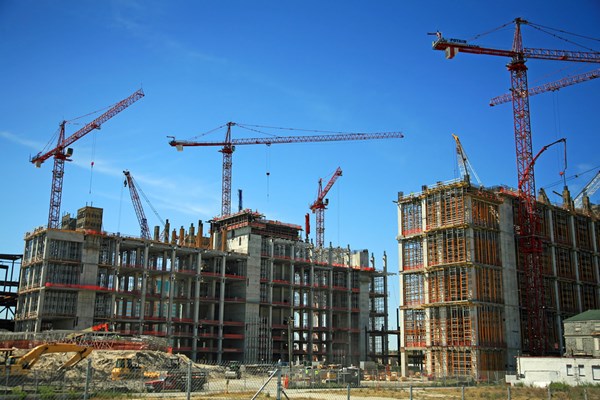
-160x160-state_article-rel-cat.png)

-160x160-state_article-rel-cat.png)







